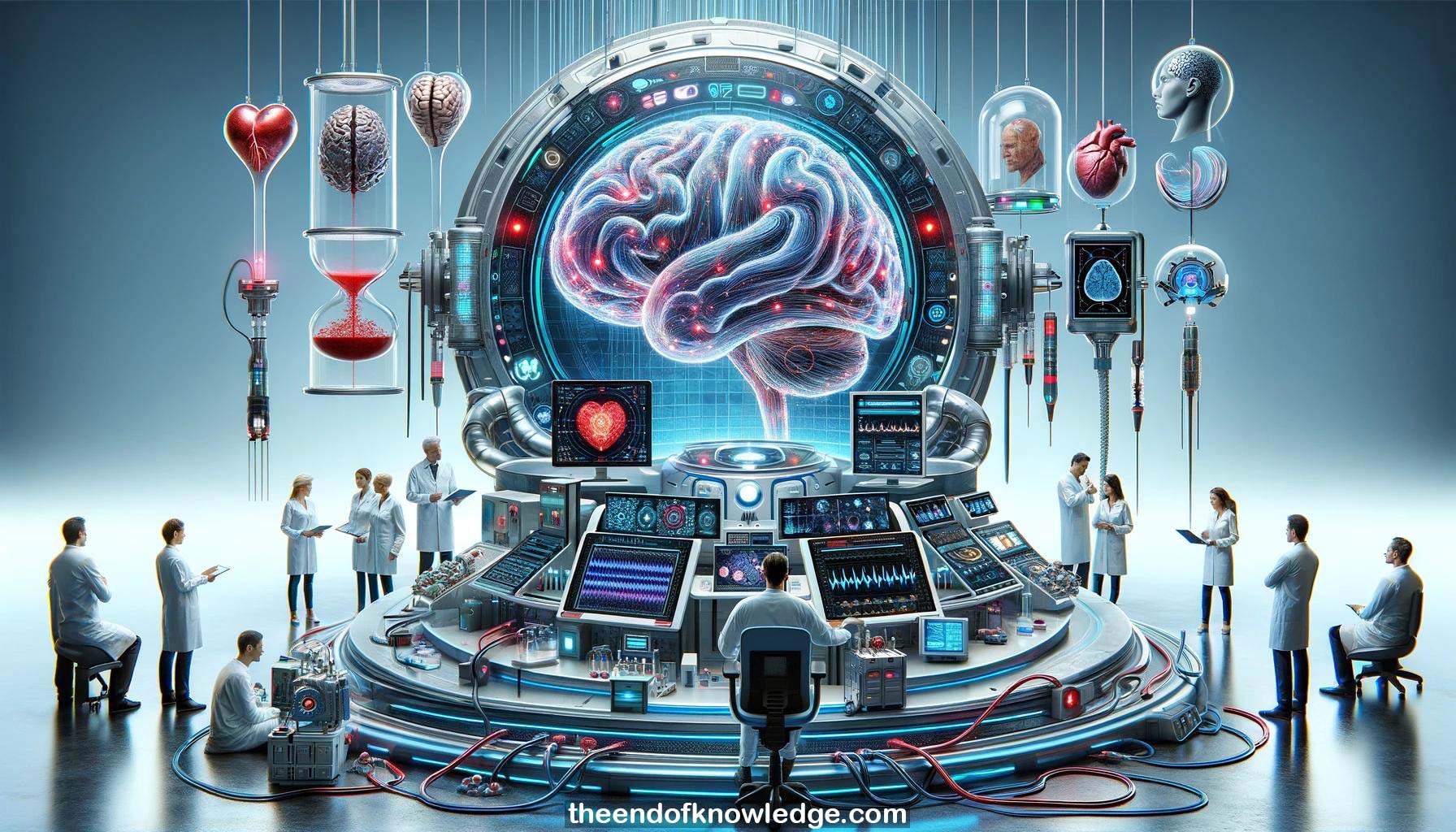 >
>
Concept Graph & Resume using Claude 3 Opus | Chat GPT4 | Llama 3:
Resume:
1.- Bettina Sorger from Maastricht University presented work on hemodynamic brain computer interfacing, focusing on functional brain assessment, neurofeedback therapy, and BCI.
2.- Brain signals can be used for external device control, neurofeedback, and to infer brain functions and communicate answers in disorders of consciousness.
3.- Neurofeedback enables monitoring and modulating brain activation to influence human functioning, as altered brain activation accompanies disease.
4.- Most BCIs use neuroelectric signals, but hemodynamic signals provide an alternative with pros and cons compared to other functional brain imaging methods.
5.- Hemodynamic signals have a delay but high single trial reliability. fMRI shows spatially distinct activation patterns for different mental tasks.
6.- Indirect information encoding is used in hemodynamic BCIs. Spatial and temporal fNIRS signal features can encode multiple choice answers.
7.- fNIRS pioneers showed basic consciousness assessment and yes/no question answering is possible in disorders of consciousness patients unable to behaviorally communicate.
8.- A multiple choice fMRI BCI combined spatial (assigning letters to tasks) and temporal (task timing) features to increase disentanglement of answers.
9.- A letter speller fMRI BCI encoded 27 letters using mental tasks (imagery vs calculation), task duration, and onset delay for each letter.
10.- An fMRI BCI enabled a locked-in patient to communicate multiple choice answers with 100% accuracy using visual or auditory task encoding.
11.- fMRI is not ideal for daily life BCIs. fNIRS provides an alternative hemodynamic approach that is more amenable to real-world use.
12.- Ideal clinical BCIs should be functional, safe, durable, individualized, comfortable, user-friendly, affordable, aesthetically appealing, and usable in daily life.
13.- fNIRS exploits optical absorption properties of oxy/deoxyhemoglobin. Near-infrared light penetrates tissue and probes cortical hemodynamic responses between source-detector pairs.
14.- fNIRS has two dependent variables (oxy/deoxy-Hb), is non-invasive, safe, compact, usable in any position, relatively affordable, and robust to motion.
15.- Challenges of fNIRS include spatial variability in anatomy/function, lack of individual anatomical data, variable signal quality, and non-neural physiological noise.
16.- Short distance fNIRS channels measure extra-cerebral noise to be regressed out, improving signal quality to better isolate true brain activation.
17.- fNIRS has limited depth penetration, spatial coverage, and resolution, especially in sulcal areas, presenting challenges to be addressed.
18.- A study examined the ability to spatially differentiate mental tasks with fNIRS and found high accuracy but inter-subject variability.
19.- Another study explored shorter encoding times and more intuitive tasks (e.g. imagined drawing checkmarks for yes) and found 68% single-trial accuracy.
20.- Multi-sensory encoding of multiple choice answers using motor imagery timed to visual, auditory or tactile letter cues enabled 85% accuracy.
21.- Oxygenated and deoxygenated fNIRS signals show high single-trial reliability and spatial correspondence to fMRI in an experienced user's motor imagery data.
22.- Real-time fNIRS BCI setup involves cap placement, calibration, and checking signal quality before a localizer run to select optimal channels.
23.- Deoxyhemoglobin from a selected channel over motor cortex clearly shows the expected response during cued periods of hand motor imagery.
24.- In an online demo, imagined drawing was detected on single trials and used to unambiguously decode the letter "B" in a multiple-choice question.
25.- Swapping fNIRS source/detector positions could improve spatial resolution. Signal quality thresholds depend on the speed vs averaging needs of the application.
26.- Clarity of fNIRS signals in motor disorders is unknown but plausible. Individualized modeling of the expected hemodynamic response may help.
27.- External light artifacts affect fNIRS, requiring shielding. Electromagnetic interference is not an issue unlike with electrical brain signals.
28.- In summary, hemodynamic BCIs, especially fNIRS, show promise for real-world functional brain assessment, neurofeedback therapy, and communication/control applications.
29.- More research is needed on fNIRS signal quality, spatial resolution, artifact removal, and clinical populations to realize the full potential.
30.- The engaging live demo showed online fNIRS BCI at work, illustrating the technology's practicality while leaving room for further development.
Knowledge Vault built byDavid Vivancos 2024